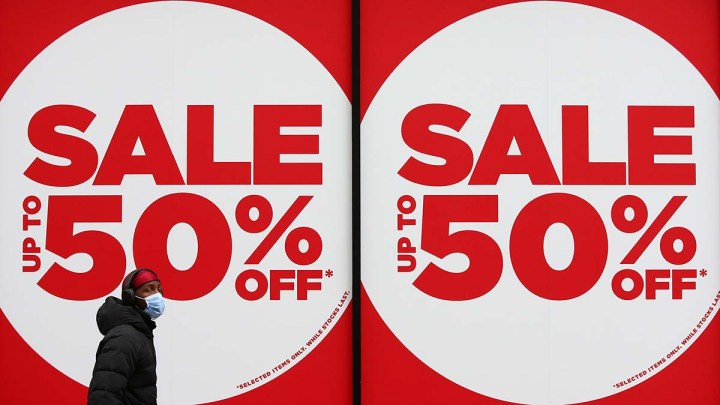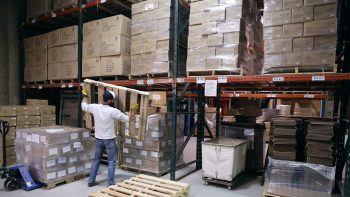
After years of too much or too little, a return to just-in-time inventory
After years of too much or too little, a return to just-in-time inventory

We’ve talked a lot about business inventories over the past few years. First, the congested supply chain made it hard for retailers to get the supplies they needed. Then, retailers had too much inventory on hand because they overordered.
In the time since, many companies have managed to whittle down their inventories to levels that are a bit more normal. Last month, inventory levels grew at a slower pace than in January and February, according to the Logistics Managers’ Index.
Many companies have been rethinking their inventory strategy. A lot of retailers don’t see a need to bulk up on inventory right now.
“We’re letting it run a little closer to the vest than we were in the past,” said Pat Whelan, who handles imports at Sahadi’s, a grocery store in Brooklyn, New York.
Part of that is the cost of carrying inventory is a lot higher than it was last year, he said. But supply chains are just calmer now.
“You’re feeling just a general sigh. Like, ‘whoof,'” he said. “The cost of moving goods is shrinking, the freight rates are going down. I’m not waiting for containers, I’m not waiting a month or two longer to get something out.”
A big reason is that overseas manufacturers are finally back up and running after shutting down earlier in the pandemic.
“People are back to work throughout China and the rest of Asia,” said Dale Rogers, a professor of supply chain management at Arizona State University who helps put together the Logistics Managers’ Index. Zero-COVID policies seem to be over, Rogers said, “so the products are starting to flow again.”
That means companies don’t have to keep extra product on hand, just in case they need it.
“So we’re going back to normal ordering patterns, where the inventory is coming in more just-in-time,” Rogers said, though that’s not universal.
For instance, inventories of computers and home supplies are still high, since those products aren’t selling well.
Retailers have worked hard to get rid of products that aren’t as popular right now, said Brian Yarbrough, consumer research analyst at Edward Jones.
“There was a lot of discounting, there were a lot of promotions to move product and get inventories more in line with where they need to be,” he said.
Now that inventories are in better shape, Yarbrough said many of those promotions are over — at least for now.
“If the consumer spending environment slows more than retailers expect, and all of a sudden you start having concerns around inventories, that’s when most retailers would probably pull the markdown levers to make sure they move through that inventory,” he said.
But if the economy stays strong, Yarbrough said we’ll see leaner shelves and more full-priced items.
There’s a lot happening in the world. Through it all, Marketplace is here for you.
You rely on Marketplace to break down the world’s events and tell you how it affects you in a fact-based, approachable way. We rely on your financial support to keep making that possible.
Your donation today powers the independent journalism that you rely on. For just $5/month, you can help sustain Marketplace so we can keep reporting on the things that matter to you.

















